Has your four-legged friend been scratching incessantly? Itching and discomfort are frustrating experiences for your dog, and as a pet owner, you want to get to the bottom of the problem as quickly as possible.
Fleas are a common culprit, and these tiny parasites can cause significant irritation to your beloved pet. But how can you be sure that fleas are the culprits?
Flea bites on dogs usually appear as small, red, raised bumps on the skin. You can find them in areas like the groin, belly, or the base of the tail.
In some cases, the bites can become inflamed or scabbed over due to excessive scratching. You may also find “flea dirt”, which looks like small dark specks of pepper, in your dog’s fur.
Identifying flea bites is just the first step. In this article, we’ll examine what flea bites look like on dogs and answer all your questions about treatment and prevention.
Let’s help your furry friend find comfort again.
The information provided herein is for informational purposes only. Please refer to our disclaimer for more details..
What Are Dog Fleas?
Fleas are tiny, wingless parasites that thrive by feeding on the blood of animals and occasionally, humans. They possess powerful hind legs adapted for jumping, allowing them to easily transfer between hosts.
While over 2,200 flea species exist worldwide, the most common culprit for flea problems in our canine companions is surprisingly the cat flea (Ctenocephalides felis). This versatile parasite infests over 50 different species of mammals and birds across the globe. In the United States, dogs, cats, various wild animals like foxes and raccoons, as well as domestic ferrets and rabbits, are all common targets for fleas.
Fleas are experts at remaining hidden, so you might not even realize your dog has a problem until they’re thoroughly uncomfortable. It’s important to be vigilant in checking your pet for these parasites.
What Flea Bites Look Like on Dogs
While flea bites on humans generally appear as obvious tiny red dots, identifying them on your dog can be more challenging due to their fur. But there are some telltale symptoms of flea bites.
The bites themselves look like tiny, red, raised dots on the skin. These bites are smaller than those from other insects and can become even more irritated and inflamed if your dog scratches at them. Some dogs have more severe reactions to flea bites, developing flea allergy dermatitis, developing a larger rash-like area of redness.
In extreme cases, persistent itching due to flea bites can lead to issues like scabbing, hair loss, and even open wounds on the skin. These open wounds or scabs can increase the risk of secondary infections.
It’s important to note that not all reactions are visible. We can also look for flea dirt which serves as additional evidence. Flea dirt, composed of dried blood from the bites, looks like little black or brown specks scattered throughout your dog’s coat. If you suspect flea dirt, place the specks on a damp paper towel. They will rehydrate and show their true color as reddish-brown remnants of the flea’s feeding.
Remember, only about 5% of a flea infestation actually lives on your dog. The other 95% (eggs, larvae, pupae) are spread throughout your home’s soft furnishings like reside in your carpets, bedding, and other areas of your home, making it important to treat both your pet and your living space for lasting flea control.
Where Are Flea Bites Usually Found on Dogs?
Fleas aren’t picky, but they certainly have preferred spots to feed on our canine friends. When checking your furry friend for bites, I recommend focusing on these prime flea-bite zones:
- Around Their Head and Neck: Check behind your dog’s ears, around their eyes, and along their neck. These spots provide warmth and relatively thin skin, making them a flea’s dream territory.
- Armpits and Groin: Fleas love these warm, less-exposed areas. Pay close attention to the belly and inner thighs, as flea bites here often cause the most significant irritation.
- Base of the Tail: This spot is a flea hotspot, particularly because dogs struggle to scratch or bite at the base of their tail effectively.
- Lower Back: Areas around the hind legs and lower back are also a common target.
While these are the most common hotspots, remember fleas are opportunistic. If you suspect your dog has fleas, a thorough full-body examination is the best approach.
The best way to find both fleas and flea dirt is with a fine-toothed flea comb. These combs are designed to trap these pesky critters and their droppings, making it easy to identify the source of your dog’s discomfort.
Differentiating Flea Bites from Other Issues
Pinpointing the exact cause of your dog’s scratching and discomfort can be tricky. Flea bites are a common culprit, but it’s essential to consider other potential sources. Here’s how to tell the difference:
- Ticks: Flea and Tick bites might resemble each other, particularly if the tick is no longer present. Look for the telltale red outer ring and a more pronounced edge to identify a tick bite.
- Spiders: While spider bites can sometimes be mistaken for flea bites, they often appear raised and may contain pus or fluid. Spider bites also tend to be smaller in size compared to flea bites.
- Ringworm: This fungal infection presents as a large, flat rash with a red ring around the outside. Though it shares some similarities with certain tick bites, it has a distinctive scaly texture that flea bites lack.
If you can confidently rule out these other possibilities, there’s a strong chance your dog is dealing with fleas. However, diagnosing a flea infestation can be more complicated than it seems. Some dogs are highly allergic to flea saliva, reacting strongly even to just a few bites. In these cases, you might not see any live fleas or flea feces making the problem harder to detect.
Treating Flea Bites
Once you’ve discovered the tell-tale signs of fleas on your dog, it’s time to focus on providing relief and preventing further discomfort. Here’s a breakdown of effective flea treatment options, ensuring we consider the best solutions for your beloved companion.
Soothing the Itch: Home Remedies
- Cool Baths and Compresses: A cool bath or applying cool compresses to the affected areas can offer immediate relief. The coolness helps reduce inflammation and eases the itching sensation.
- Oatmeal Baths: Oatmeal has natural anti-inflammatory and soothing properties. Adding colloidal oatmeal to bathwater or using an oatmeal-based shampoo can provide significant relief from itching and irritation.
- Aloe Vera: This natural wonder boasts anti-inflammatory properties that reduce the painful swelling that often accompanies flea bites. Applying pure aloe vera gel to the irritated areas can significantly ease your dog’s discomfort.
Medicated Options
- Topical Treatments: Consulting your veterinarian is very important, as they can recommend topical creams, sprays, or ointments to soothe the itching and promote bite healing. These may include hydrocortisone creams or antibiotic ointments in cases of secondary infections.
- Oral Medications: In severe cases with intense itching or allergies, your vet might prescribe oral antihistamines or steroids to help reduce inflammation and provide faster relief. It’s essential to follow their prescribed dosage and duration strictly.
Beyond Medications
- Flea Combs: A flea comb allows for the careful removal of adult fleas. Use a flea comb to brush daily, particularly in hot spots like the tail and belly, to lessen the flea burden on your pet.
- Flea Shampoos: While most over-the-counter flea shampoos help remove active fleas, it’s essential to remember that a preventative approach is important. We recommend coupling flea baths with a vet-approved flea preventative to avoid re-infestations.
It’s equally important to remember that treatment for fleas on dogs goes hand-in-hand with thoroughly treating your home and yard. This will break the flea life cycle of re-infestation and provide lasting comfort to your pet.
How to Prevent Flea Bites on Dogs
Flea prevention on your dog is a multi-pronged approach that emphasizes year-round protection, environmental control, and good hygiene practices. Here’s a breakdown of the most effective ways to keep those pesky fleas at bay:
Year-Round Veterinary-Approved Flea Preventatives
- Oral Medications: Prescription flea tablets work quickly and effectively to kill fleas. They’re typically administered monthly and offer ongoing protection for your dog.
- Topical Treatments: These “spot-on” liquid treatments are applied to your dog’s skin, usually between their shoulder blades. Topicals work by distributing active ingredients throughout your dog’s skin and coat, killing and repelling fleas.
- Flea Collars: Effective collars release flea-killing chemicals over an extended period, providing consistent protection. Choose a collar specifically designed for your dog’s size and weight, and make sure it fits snugly.
Important Note: Consult your veterinarian to determine the best type and dosage of preventative for your dog based on their age, lifestyle, and any potential sensitivities.
Environmental Control
- Treat Your Home: Wash pet bedding in hot water, vacuum thoroughly (especially carpets and soft furnishings), and consider using household sprays or foggers designed for flea elimination. If the infestation is severe, professional pest control services might be necessary.
- Maintain Your Yard: Fleas thrive in shady, damp areas. Keep your grass cut short, remove leaf piles, and treat outdoor areas where your dog spends time with flea-targeting products.
Hygiene Practices
- Regular Baths and Grooming: Bathe your dog regularly with a gentle shampoo—consider one formulated with flea-killing ingredients. Regular brushing with a flea comb helps manually remove adult fleas.
- Wash Pet Belongings: Wash your dog’s toys, blankets, and bedding frequently to eradicate potential flea eggs and larvae.
Can Humans Get Fleas?
Yes, humans can get fleas. While fleas prefer animal hosts, they’ll readily bite humans if given the opportunity. Flea bites on humans are uncomfortable and itchy, and can sometimes even lead to secondary infections if scratched excessively. However, fleas cannot survive and reproduce on human blood, so infestations on humans are unlikely unless the source (typically a pet or infested environment) remains untreated. To get rid of fleas, treatment of both your pet and your home environment is important.
Final Thoughts
Discovering flea bites on your dog can be a frustrating and worrisome experience. However, understanding what flea bites look like, treating the bites, and taking effective preventative measures are key to ensuring your furry friend’s comfort and well-being.
Remember, the best defense against flea bites is year-round prevention. Consult your veterinarian to determine the most appropriate flea preventative for your dog, and follow their instructions carefully. By taking proactive steps, you’ll save your dog from the discomfort of those pesky parasites and help maintain a flea-free home.
255views
Share on Facebook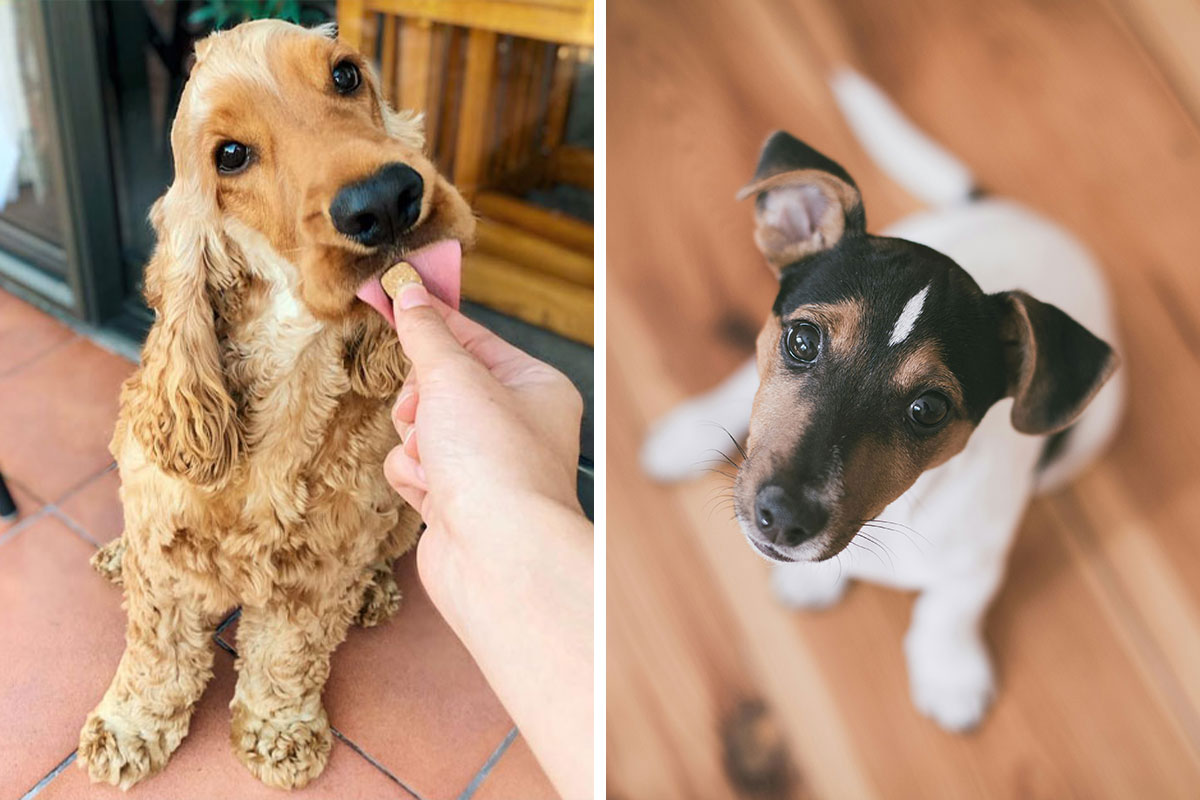
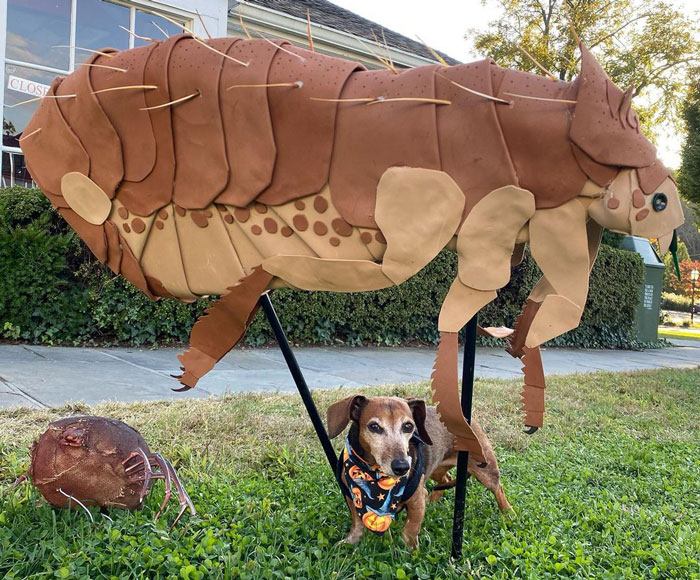 Image credits:
Image credits: 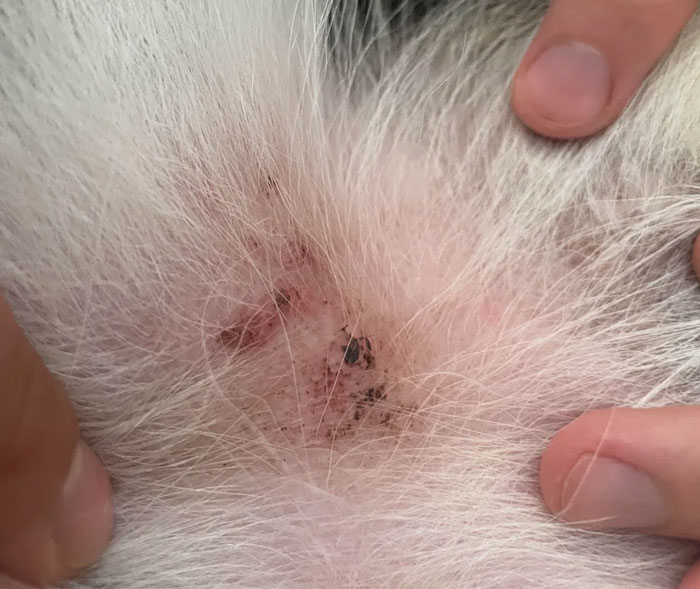 Image credits:
Image credits: 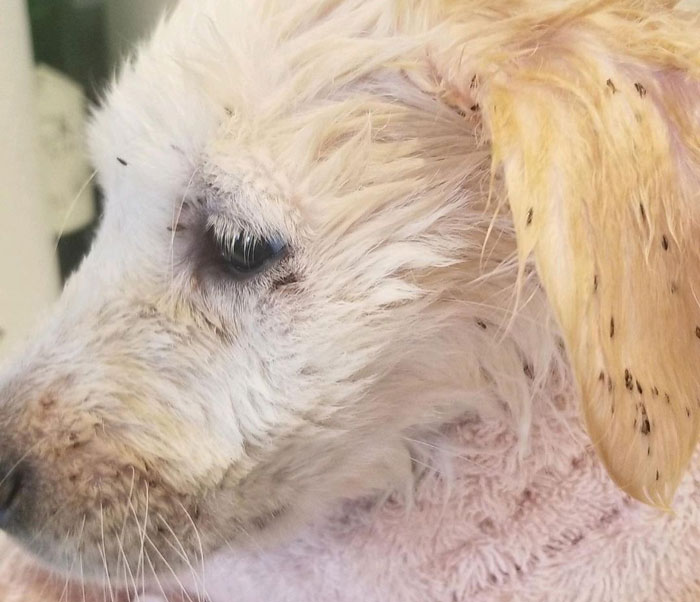 Image credits:
Image credits:  Image credits:
Image credits: 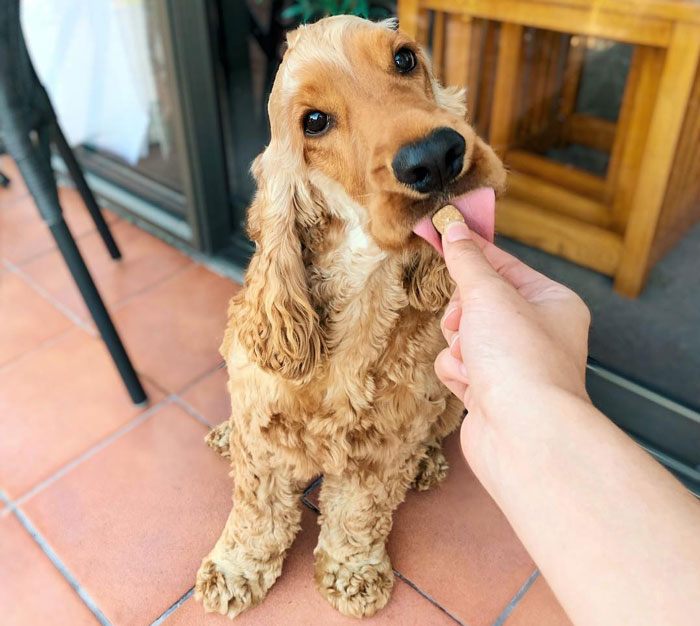 Image credits:
Image credits: 


2
0